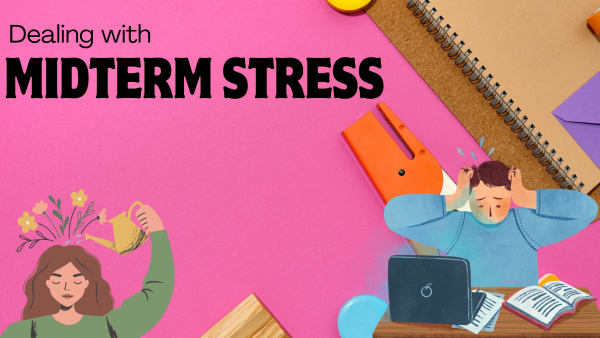Dress to impress: tips to create a professional wardrobe
Finding the right clothing for the workplace can be difficult. Here are a few tips on creating the perfect workplace wardrobe.
Has anyone invented a definitive manual for professional life? If such a manual exists, let me know. While the manual is not created, in the following lines you will find many valuable tips that will help you transition your wardrobe to the workplace, and believe me, this is the first step to getting your professional life started on the right foot.
According to the Director of Career Services at Washburn University, Kent McNally, the first message people should convey with their outfit is credibility, and while many workplaces today have more casual dress codes, it is important to dress appropriately. So, before you go cleaning out your closet or spending tons of money, here are some tips on how to tailor your wardrobe to the workplace and the best places to shop.
1. Know your workplace
According to McNally, it’s important to do the homework before the interview. Is the job in a bank or in an office? Being more dressed up for those traditional places is the right choice. Is the job in Silicon Valley? Buying hoodies like Zuckerberg is the right choice. The extra tip is, ask. Probably the interviewer is not the same person responsible for hiring. Make sure. Ask.
Now, what is the best outfit for a job interview?
2. Black, navy and gray
McNally offered some tips on what to wear.
“[…] regardless of gender, you can’t go wrong with a black suit, navy blue suit or gray suit,”said McNally.
These three colors look good on their own and are flexible, meaning it’s possible to pair them with various pieces. This is a must have. And speaking of colors, it is recommended to avoid red or white for an interview. Dark colors tend to be better.
So far, homework done and job gained. Congratulations. Now it is time to take the next step, and having a black, navy blue, or gray suit in the wardrobe, is a great start.
3. Make a good impression
If employees do not have a strict dress code, it is always a good idea to talk to human resources, ask co-workers about tacit rules or just get a feel for the new environment.
“Keep in mind, like it or not, workplaces are looking for people who will fit in, and yes, it is okay to express yourself, absolutely, but remember that they are going to be judging and they are going to be making their decisions. Looking for people they think will be suitable in that workplace,” said McNally.
Before we talk about shopping, the last tip is to look for references.
“I would encourage students to look at career services in Pinterest [@careersforWU],” said Sydney Fox, assistant director for Career Services at Washburn University.
4. Suit Up
No Louis Vuitton or Gucci. There are stores in Topeka where it is possible to get a good deal. Fox recommends stores like TJ Maxx, Dillard’s and Maurice’s. McNally recommends Kohl’s or JC Penney. This is because Washburn University has a promotion in conjunction with JC Penney called “Suit Up.”
McNally explained how the conjunctions work.
“JCPenney provides us with a code that can be sent to them, and you get a coupon for 30% off regular and sale prices for professional wear at JCPenny. Not just suits, but jackets and sweaters, pants and skirts, blouses and shirts, neck ties, scarves, belts, shoes, things you will wear in the workplace, underwear, luggage, all included. Typically, before the Fall Career Fair, in September.”
But do not worry, because all students will receive an email from Career Services.
5. Bonus tip: Behavior
Be respectful to your co-workers, do your best to learn names and who does what, not only your superiors. Every person is important. And finally, do not pretend knowing nothing or knowing everything.
Before any new career phase, take a realistic look at your wardrobe and be prepared to make some adjustments. By slowly incorporating a few higher-quality elements like sweaters, cardigans, blazers, and dress pants, you can continue to wear your favorite campus pieces as well.
Edited by Aja Carter and Simran Shrestha
Your donation will support the student journalists of Washburn University. Your contribution will allow us to purchase equipment and cover our annual website hosting costs.














